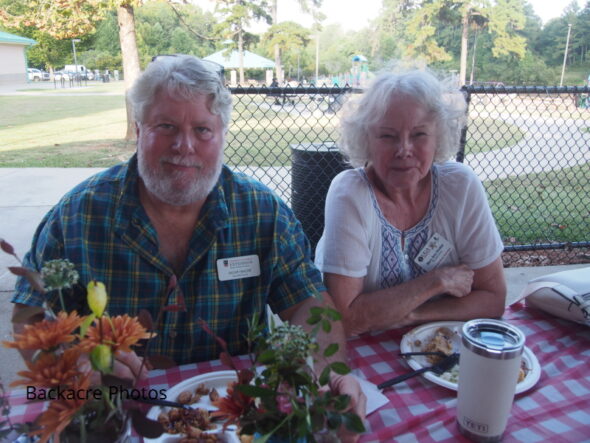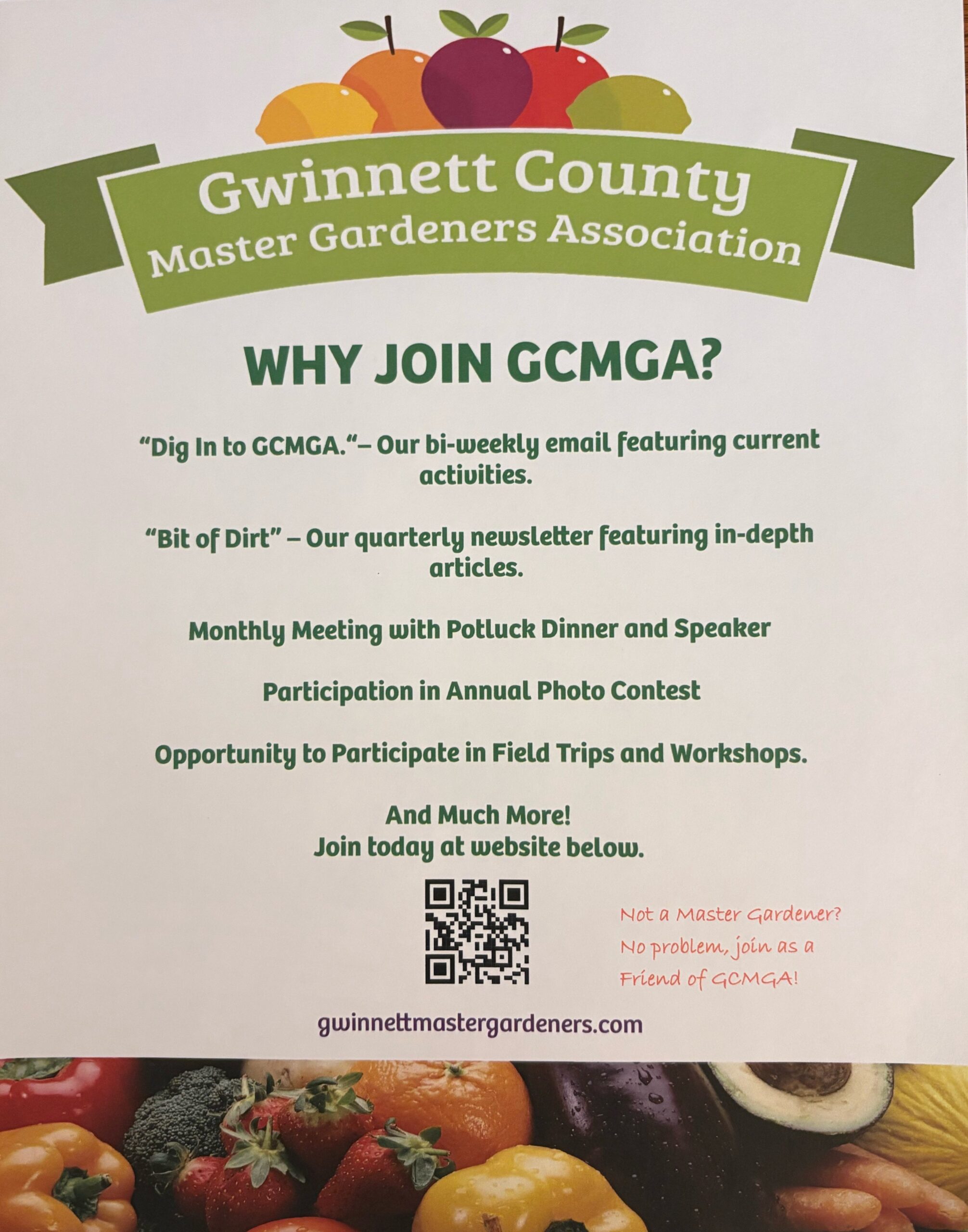Back by popular demand, GCMGA Margaret Molyson is leading a seed saving workshop for 20 participants. The workshop will be 9:00am-12:00 pm on Thursday, Nov. 13th in the second floor conference room of 750 S Perry Street in Lawrenceville. There is a $10 fee for materials. Registration is open Oct. 1-24 or until full. Related Images:


